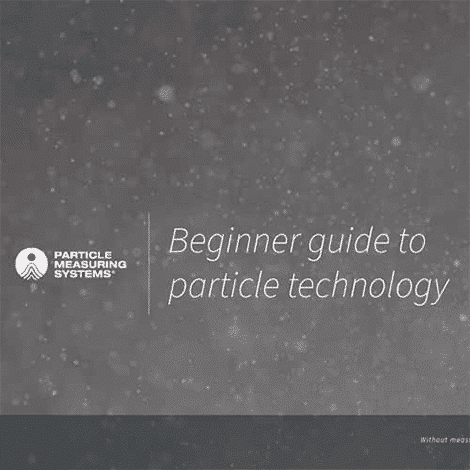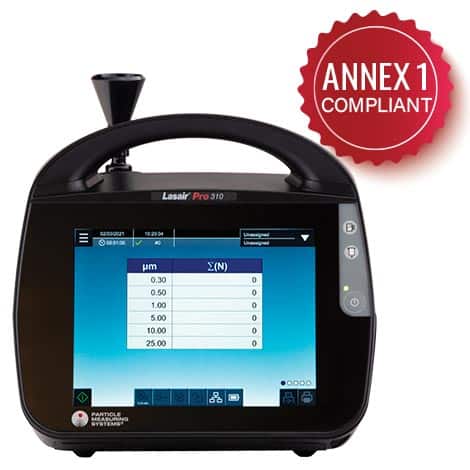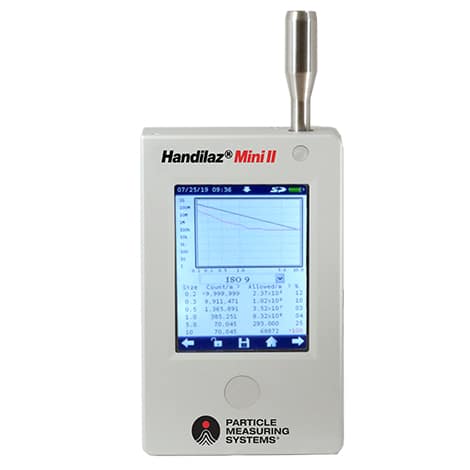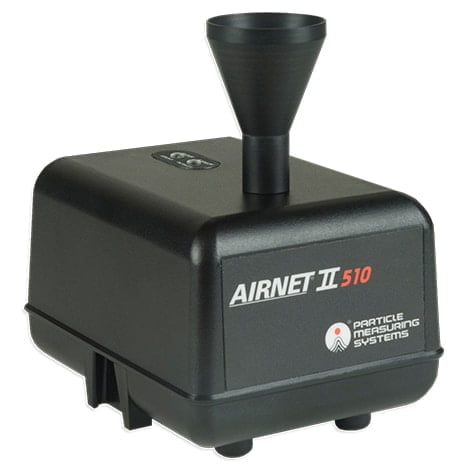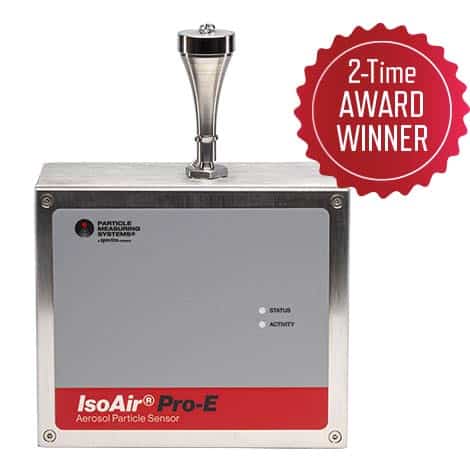ISO 21501-4 Particle Size Distribution
Single particle light interaction methods
Industries
Compliance
ISO 14644-1:2015 introduces the need for particle counters calibrated to ISO 21501-4. The calibration methods assure data accuracy and repeatability. The methods outlined in ISO 14644 and ISO 21501-4 represent an important step in more accurate evaluations of cleanroom contamination and improved process control.
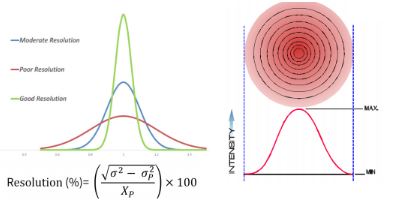
ISO 21501, Determination of particle size distribution—Single particle light interaction methods, includes four parts, of which only Part 4 will be discussed in this paper: Light scattering airborne particle counter for clean spaces
The documentation and approval of ISO 2151-4:2007 subsequently replaces and cancels ISO 13323- 1:2000. The ISO 21501 standard widens the scope of analysis to include the methodology for airborne particle counting and liquid particle counting (both light scattering and extinction methods). Specifically, ISO 21501-4 provides a calibration procedure and verification method for airborne particle counters to minimize inaccurate measurements and reduce variations between different instruments. These new guidelines require pulse height analysis (PHA) for particle counter calibrations, which reduces inconsistencies.
This paper from Particle Measuring Systems lists all ISO 21501-4 calibration requirements, with a brief description of the test method adopted:
- Sampling flow rate
- Counting efficiency
- Resolution
- False count rate
- Particle size settings
Additional ISO 21501-4 calibration requirements, such as Coincidence Loss at Maximum Particle Concentration and Maximum Particle Number Concentration are also explained.
Interested in learning more?
Complete the form to get the full paper.
Particle Measuring Systems (PMS) has complete cleanroom contamination control solutions for you including:
- Our Contamination Control Advisory Services who can conduct a Risk Assessment for your pharmaceutical processes
- PMS Cleanroom particle counters: including portable/mobile and fixed/remote
- Microbial Monitors: including portable/mobile, fixed/remote, and single use.
- Data management software from Particle Measuring Systems
Particle Measuring Systems is direct in every major market and able to ensure the same ongoing support no matter where you are located. Contact us today for a quote.
ISO 21501-4 has two main goals: 1) to improve instrument-to-instrument (particle counter) data correlation and count accuracy, and 2) to enhance compliance with ISO 14644. By the end of this webinar, you will have a good understanding of the following concepts and how they affect your cleanroom particle counting efforts:
- How to be compliant with the most recent particle counter calibration requirements particle counter
- Sampling flow rate
- Particle counter counting efficiency
- Particle counter resolution
- Pulse height analyzer (PHA)
- False count rate
- Particle size setting
- Coincidence loss at maximum particle concentration
- Maximum particle number concentration
Click on the video to the left to learn more.



